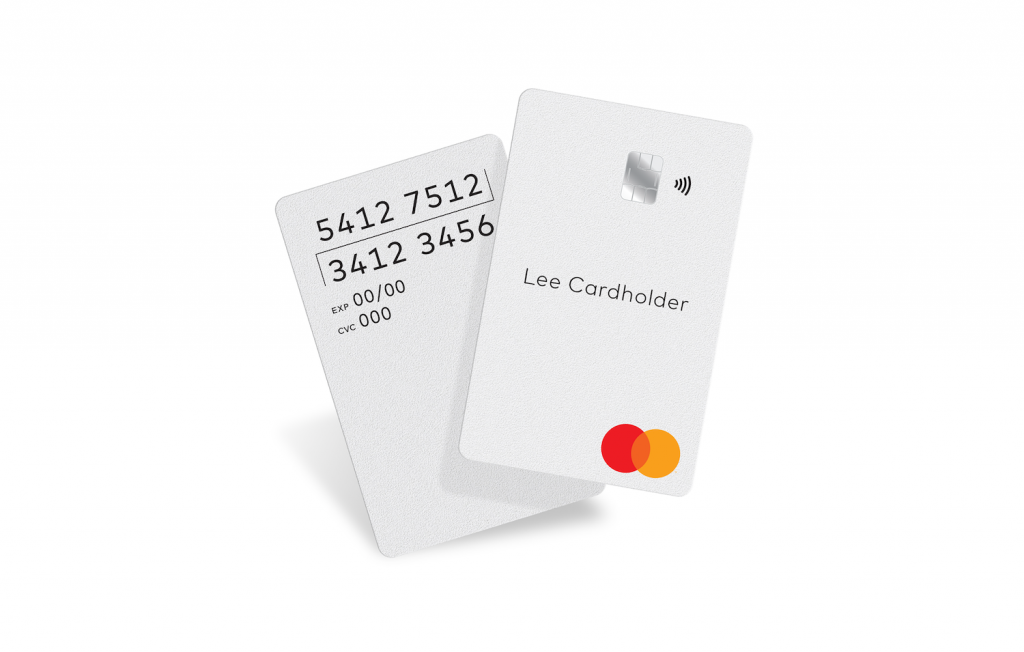Mastercard has just announced that they will be phasing out the magnetic stripe from their cards starting in 2024 in areas such Europe, and 2027 in areas as the US where chip adoptions have been slower. By 2029, they will stop all production of magnetic stripe cards and by 2033 they will be completely gone. They give this buffer time so that partners who still use magnetic stripe technology can also adapt and phase them out as well.
The shift towards EMV chips started as a way for a more capable and secure payment method. Every transaction generated a unique code which was then verified by the bank to ensure that the card is genuine. This also protects the user’s data in a more secure way.

In the 1990s, chip cards were introduced and quickly became the preferred payment method. Today, 86% of all global in-person transactions are powered by EMV chips. These are normally followed up by a PIN entry or a biometric authentication such as a fingerprint.
The US has been a little slow to the adoption of EMV chip cards. Last year, only 73% of the country’s face-to-face transactions use the chip, probably simply because of the country’s size.

Looking forward, Mastercard says that contactless payment such as with your phone are the future. According to their research, they saw 1 billion more contactless payments in the first quarter of 2021 compared to last year. In Q2 of 2021, contactless payments took up 45% of total in-person transactions.
They are also developing ‘quantum-resistant’ technologies specifications for even more secure payments. Calling it Enhanced Contactless, or Ecos for short, they claim it to make your data 3 million times harder to break while still keeping it as convenient as a 0.5s single tap.
[ SOURCE, IMAGE SOURCE ]








